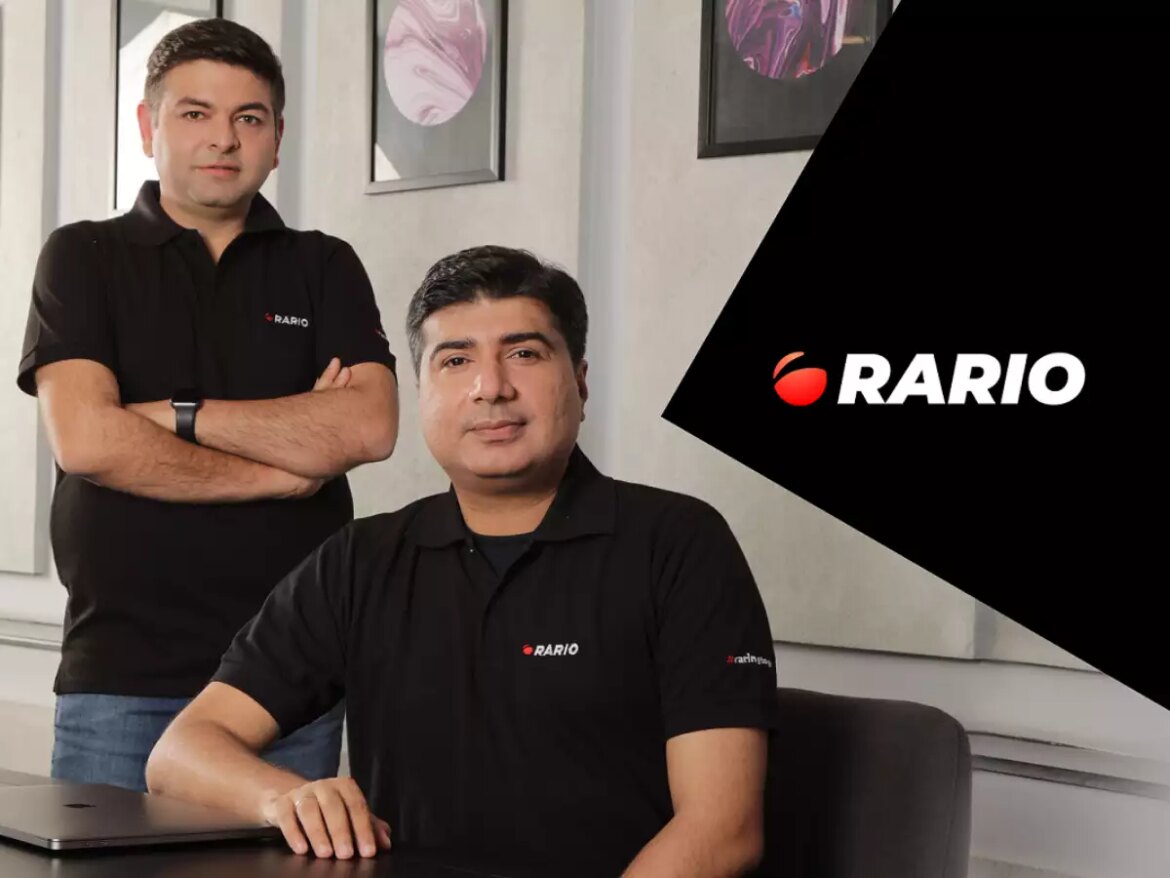- Rario has raised $120 million in a round led by Dream Capital.
- This strategic alliance will give Rario access to the 140 million user base of
Dream Sports . - Rario claims to have sold over 50,000 NFTs to sports fans across 20 countries.
Dream Capital — the investment and mergers and acquisitions (M&A) arm of Dream Sports — has taken its first step towards the Web 3.0 space with investment in a cricket non-fungible tokens (NFTs) platform Rario.
Rario has raised $120 million in a round led by Dream Capital. This strategic alliance will give Rario access to the 140 million user base of Dream Sports and its subsidiaries
Alpha Wave Global (previously known as Falcon Edge Capital) participated in the round, along with existing investors Animoca Brands, Presight Capital and Kingsway Capital.
Rario was founded in 2021 by Indian Institute of Technology (IIT), Delhi alumni Ankit Wadhwa and Sunny Bhanot. It claims to have the largest share of
The company recently signed one of the world’s largest cricket NFT deals, a multi-year exclusive partnership with Cricket Australia and the Australian Cricketers’ Association to create an Australian cricket metaverse of collectibles and gaming.
NFT is a digital asset that represents internet collectibles like art, music, and games with an authentic certificate created by blockchain technology.
Rario claims to have sold over 50,000 NFTs to sports fans across 20 countries with the USA, UK, Australia, and India as its top four markets.
“Cricket is the 2nd largest sport in the world with more than 1.5 bn [billion] fans globally. NFTs are creating new forms of engagement allowing fans to own and trade digital collectibles. Rario’s global cricket NFT ecosystem will be further strengthened by the 140M [million] sports fans on Dream Sports,” Ankit Wadhwa, cofounder and chief executive officer (CEO) of Rario, said.
SEE ALSO
Tata Steel, Tata Elxsi, HCL Tech, Nestle India and other hot stocks on April 21
Indian livelihoods turn less green! Sharp decline in hiring green workforce over the last five years compared to the global average
Indian livelihoods turn less green! Sharp decline in hiring green workforce over the last five years compared to the global average

